

In 2024 we will finally return to 2019 traffic numbers for airports, airlines and passengers carried. One of the challenges in returning to these levels and exceeding them, is our capacity to return with a competent workforce. The pandemic caused a disruption that we had never encountered or anticipated in commercial aviation history. As a result, there was an exodus of highly experienced executives and trained personnel with cross functional expertise who had to look at other avenues to sustain themselves and their families. Many of them chose to stay in their new jobs, so aviation found itself with a gap that is tough to fill. The big question now is where do we go from here – where do we see the industry in 10 years, 20 years from now? Will we meet our ambitious sustainability and environmental targets by 2050?
 Seventeen years ago, ACI (Airports Council International) and ICAO determined there was a need for an executive development training programme, exclusively for the top management of airports. The Airport Management Professional Accreditation Programme (AMPAP) was created in 2007 and has resulted in more than 1,200 executives graduating with the coveted ‘International Airport Professional’ IAP designation.
Seventeen years ago, ACI (Airports Council International) and ICAO determined there was a need for an executive development training programme, exclusively for the top management of airports. The Airport Management Professional Accreditation Programme (AMPAP) was created in 2007 and has resulted in more than 1,200 executives graduating with the coveted ‘International Airport Professional’ IAP designation.
Airports in a VUCA world
The business of aviation is complex to say the least. Airlines have the possibility to choose where they fly to or change their aircraft layout, such as, reconfiguring the cabin layout to accommodate more premium economy seats depending on the demand and economic circumstances. Airports, on the other hand, have a limited capacity to expedite changes to the infrastructure that is capital intensive.
Volatility, uncertainty, complexity, and ambiguity (VUCA) is the name of the game for airport leaders, and they must learn to guide their airports through challenges brought upon them by natural calamities or business requirements or newer technologies. The airports of tomorrow will be urban mobility centers using technologies and innovations that are focussed on efficiencies and greater customer experience. Airports are fast changing from being an arrival and departure point for aircraft. Many European airports have train stations and helipads, and we are expecting the first passengers to use drones at the Paris Olympics in 2024.
Volatility requires leaders to adapt to a changing and evolving landscape, to not only lead the airport, but also convey the change to management and staff. Decision making comes in handy when dealing with an uncertainty, and perhaps a lack of complete visibility in an evolving situation. There are multiple stakeholders at an airport, ranging from law enforcement to concessionaries, such as duty-free or parking, that add to the challenges of managing an ecosystem that almost mirrors a mini city, and in reality, can be more complex. Clear-headed, tough decisions are required when more than one path seems obvious. Ambiguity can spell disaster if the leader does not have a strategy and a vision for the future.
Leadership and succession planning
VUCA clearly demonstrates that the current and the next generation of airport leaders need to be prepared for any eventuality. More than 400 airports in over 100 countries have reposed their faith in the AMPAP programme and trained their top executives.
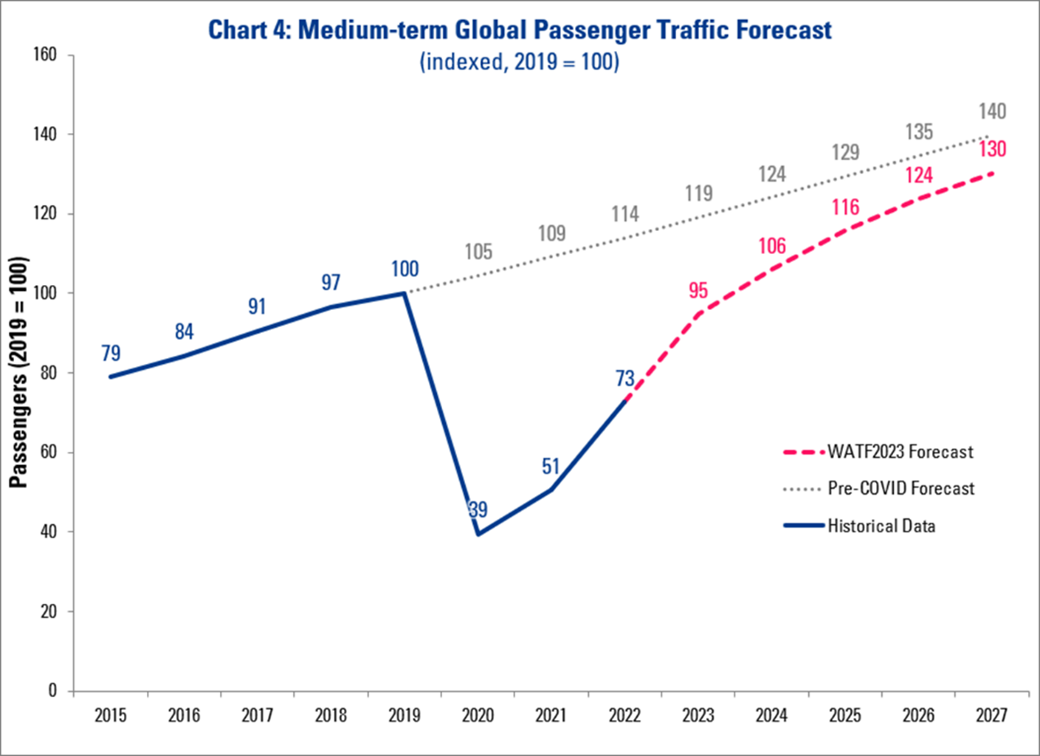
ACI’s medium term forecast for global passenger traffic shows that within three years, i.e., in 2027, airports will be handling 30% more passengers than they did in 2019. The long-term global passenger traffic forecast predicts that in less than 20 years airports will be handling twice the traffic, i.e., from 9.7 billion to 19.5 billion, and in the decade beyond that i.e., by 2052, another five billion people will take to the air each year (25 billion passengers in the 2050s).
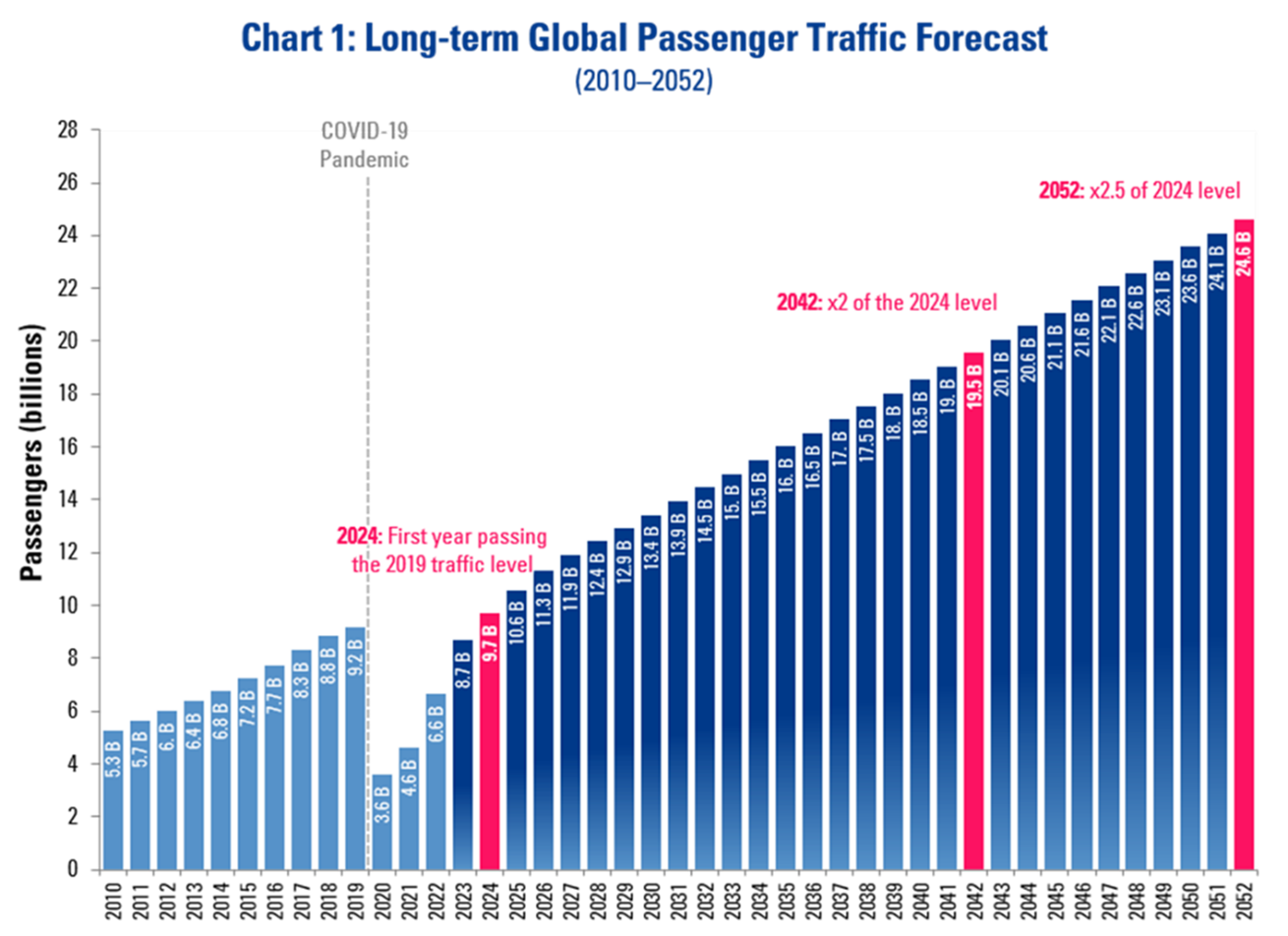
AMPAP addresses various challenges and offers pathways to participants where they work individually, as well as in teams, to tackle industry challenges. Other topics that are covered include sustainability, master planning, economics, finance, safety, security, and operations.
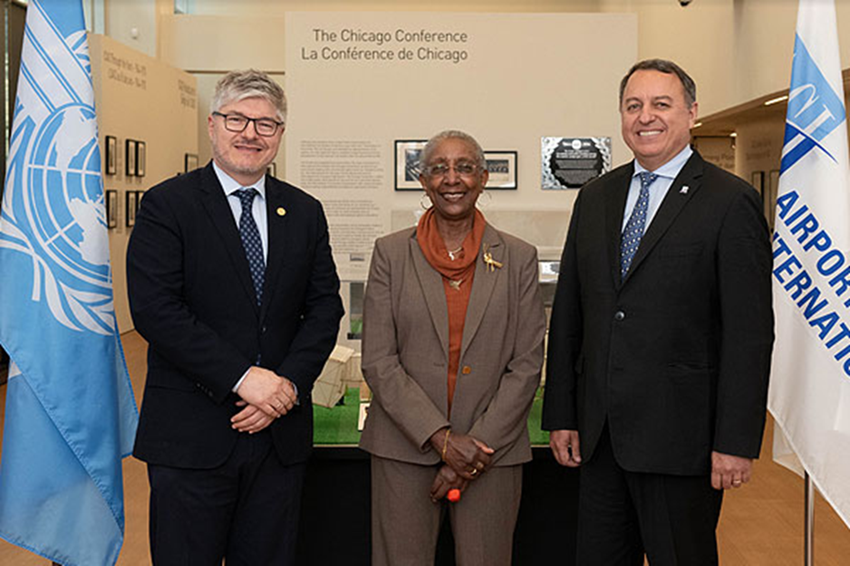
AMPAP
Angela Gittens, former Director General of ACI World and a longtime supporter of AMPAP, is the programme ambassador for AMPAP. She was commended by the Secretary General of ICAO Mr. Juan Carlos Salazar, and ACI World Director General, Luis Felipe de Oliveira.
The AMPAP programme is designed to be flexible to allow executives keep up with their regular full-time responsibilities. Though the programme can be completed within a year; scheduling conflicts are taken into consideration to allow for three years for the completion of the six required courses (four mandatory and two elective). In brief, the AMPAP programme is structured as follows:
The mandatory courses
The first mandatory onsite course is called ‘Global Air Mobility Systems’ and must be taken in a classroom. Locations are offered across the globe. In 2023 the gateway course was offered in Cincinnati, Istanbul, Lisbon, Riyadh and New Delhi. To date this year we have delivered the course in Kuala Lumpur and Miami, and addition sessions will be take place in Istanbul, Montreal, Nairobi, Abu Dhabi, Lagos, Riyadh and Accra so that participants can attend with minimum displacement from their home base. Airside visits include a key practical part of the experience on the onsite course.
The other three mandatory courses can be taken in any sequence and are offered in four-week modules.
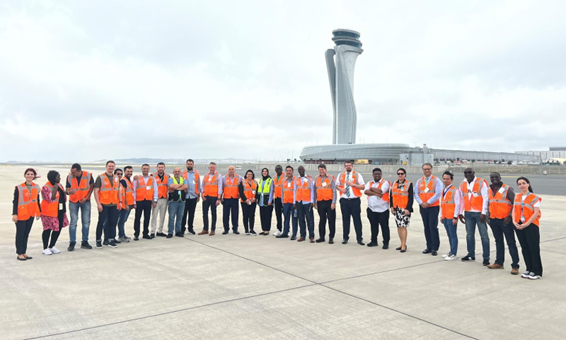
Each week requires four hours of virtual engagement with a live instructor. There are two sessions of two hours each – one on Tuesdays and the second one on a Thursday. Self-study material is also provided. There are individual and group assignments and teams work on real life scenarios for their eventual evaluation. These three mandatory virtual & self study courses cover the major disciplines required to manage an airport:
- Airport Economics and Commercial Management
- Airport Business Planning and Sustainability
- Airport Operations, Safety and Security
Course curriculum is regularly updated to keep up with the ever-changing aviation industry, though a group of senior consultants, many of whom are AMPAP graduates and wear their IAP colors proudly.
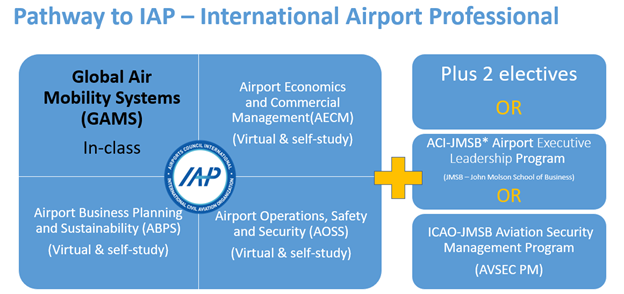
The electives
We recognize the fact that executives who are accepted into the programme come with different levels of expertise in different areas. Some may have completed professional courses or pursuing one. Therefore, the choice of electives allows a level of customization that would be in line with an individual’s preference or requirements. Several joint ACI-ICAO courses are accepted, while executive level programmes are recognized as two electives:
- ACI-ICAO Aerodrome Certification
- ACI-ICAO Implementing Annex 14: Advanced Aerodrome Design and Operations
- ACI-ICAO Management of Airport Security
- ACI-ICAO Airport User Charges
Additionally:
- ACI-JMSB* Airport Executive Leadership Programme – AELP (recognized as 2 electives)
- ICAO-JMSB* Aviation Security Management Programme – AVSEC (recognized as 2 electives)
*JMSB is Concordia University’s John Molson School of Business, AMPAP also recognizes US AAE (Airport Accredited Executives).
Joining the AMPAP programme
There is a simple application that needs to be filled out and accepted before one can start the AMPAP programme. The key requirement is at least one year of airport management experience, as well as this airport being a member of ACI in good standing. ACI’s World Business Partners can also be accepted into the programme. Once accepted participants have three years to complete the programme.
Trailblazing International Airport Executives (IAP)
There is a growing alumni network of international airport executives who have led the industry out of the pandemic and are leading the industry into the future. In fact, they are shaping the future. Additionally, we are equally proud of the fact that many women from around the world have excelled in their careers and are Chief Executives of their airports.
Most notably, Ms. Candace McGraw – CEO of Cincinnati/Northern Kentucky International Airport (CVG) is the first woman Chair of Airports Council International (ACI) World, for a two-year term for 2024 and 2025. She is active in the local community as well as the aviation industry, championing issues related to gender parity, diversity, equity, and inclusion (DEI), leadership, and workforce development.
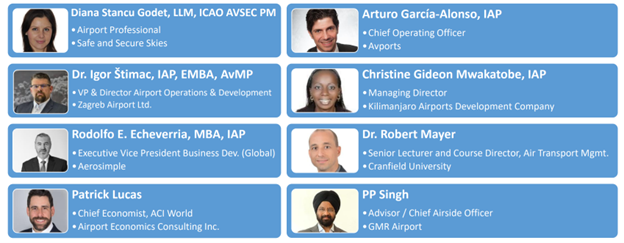 AMPAP faculty
AMPAP faculty
AMPAP faculty are carefully selected with two key criteria: first and foremost, their subject matter expertise, and secondly their capacity to disseminate information. The task goes beyond simple instruction, as the participants are themselves experts in their own fields, so the appointed instructor also facilitates group discussions when real time experiences are shared. In 2023 the faculty included several IAPs who are VPs or COOs at their airports as well as professors from aviation universities such as Cranfield in the UK.
For additional information about AMPAP, please visit our website at Airport Management Professional Accreditation Program | ACI World or contact us by e-mail here. Join the AMPAP LinkedIn page, Facebook, Twitter (X) and Instagram to receive programme updates.
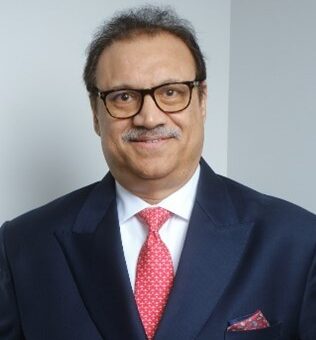 About the contributor
About the contributor
Gurjit Gill is Director of the AMPAP programme at ACI World, which is an ICAO TRAINAIR PLUS Corporate Training Partner. Since 2007 he has been involved in international aviation training, initially managing the global training partnership network at IATA (International Air Transport Association), and since 2023 managing the AMPAP programme at ACI (Airports Council International).
The post Are airport executives ready for the airports of tomorrow? appeared first on Uniting Aviation.
Discover more from reviewer4you.com
Subscribe to get the latest posts to your email.





